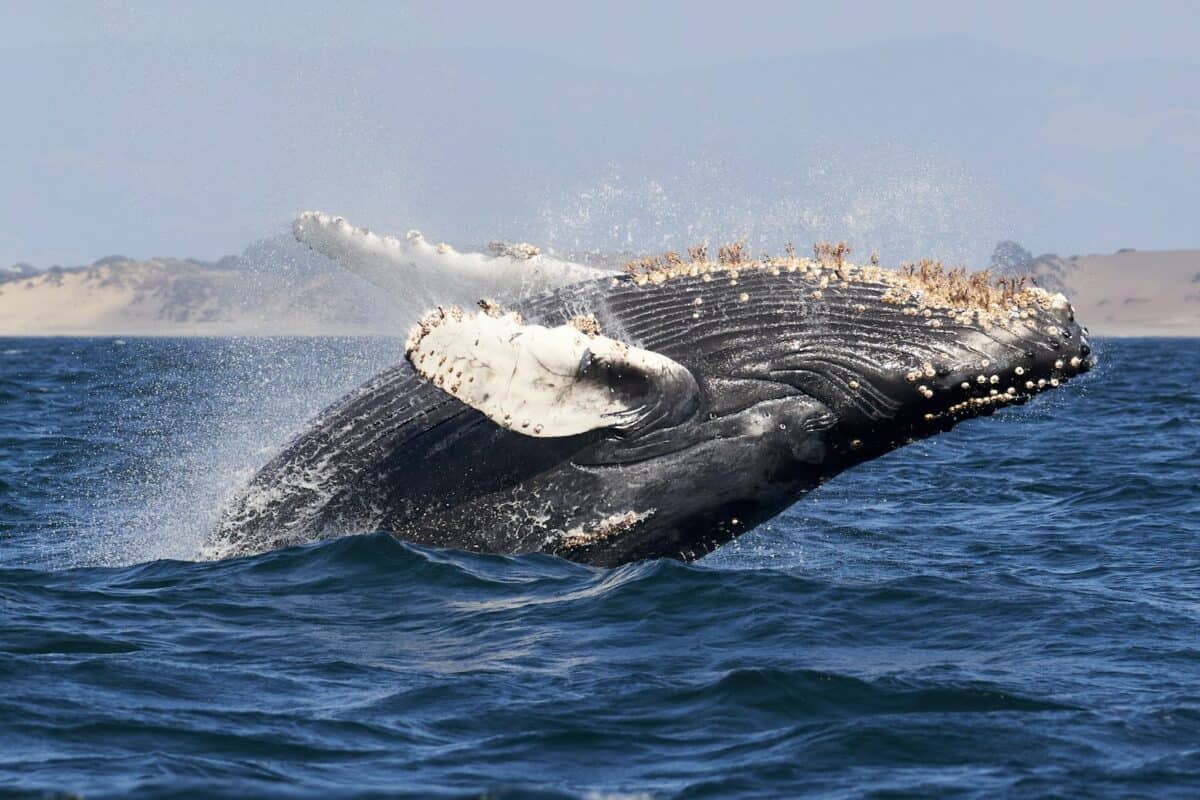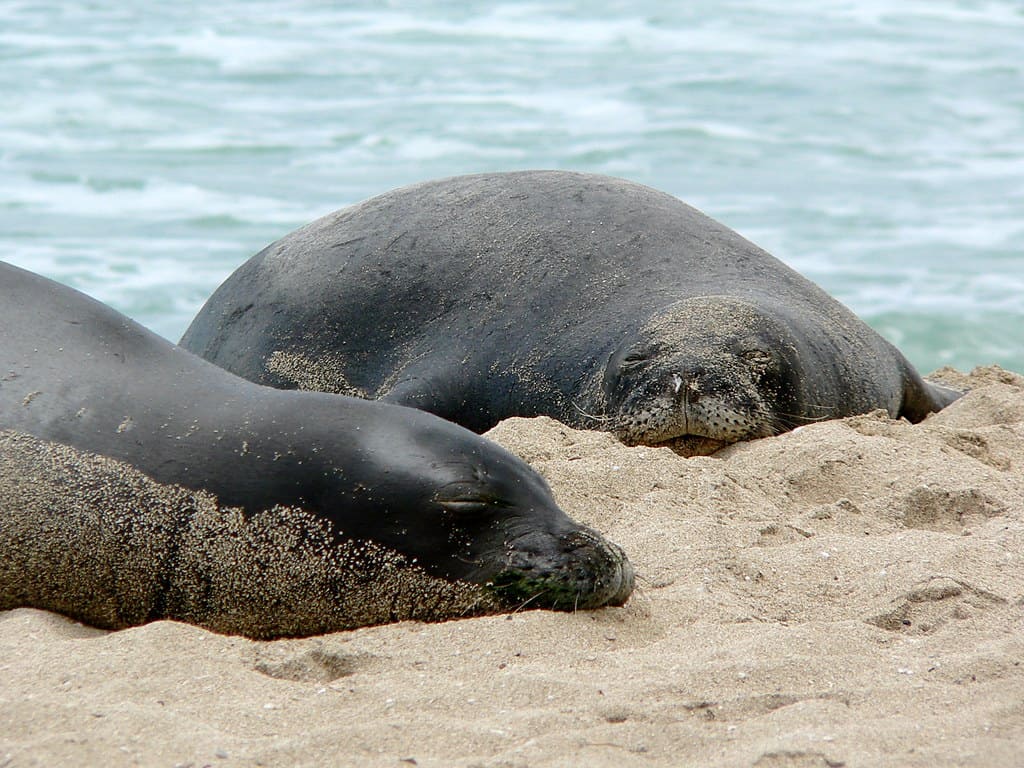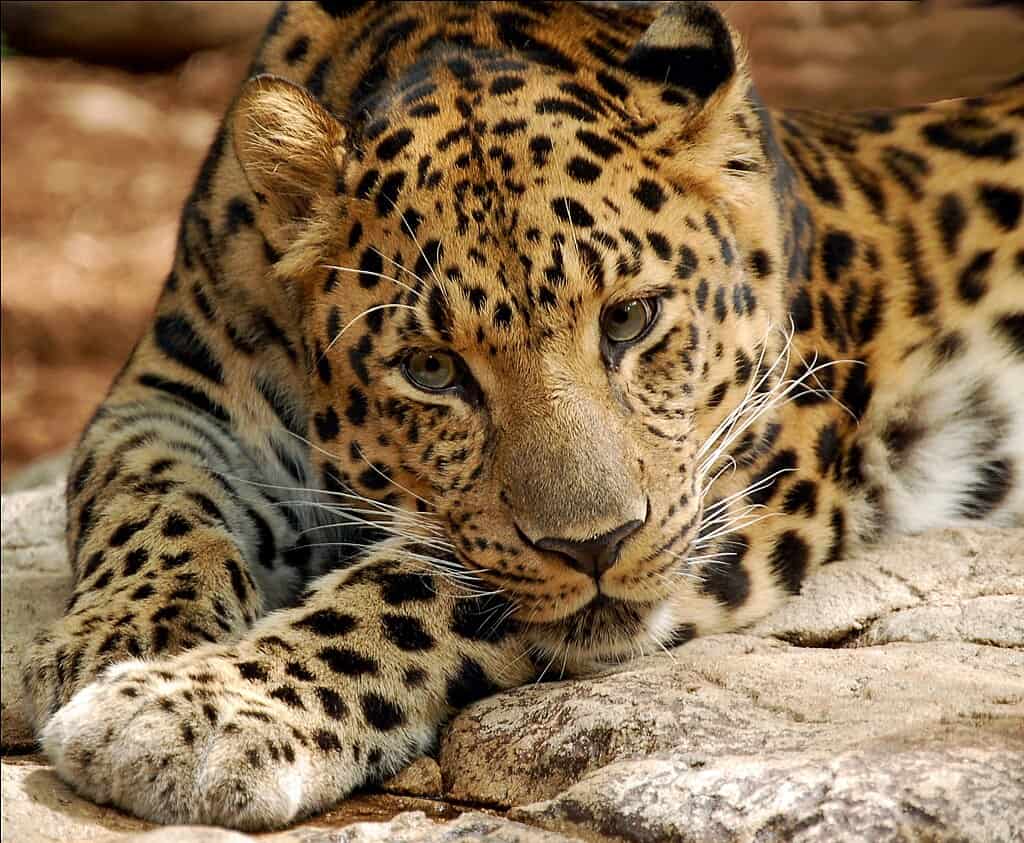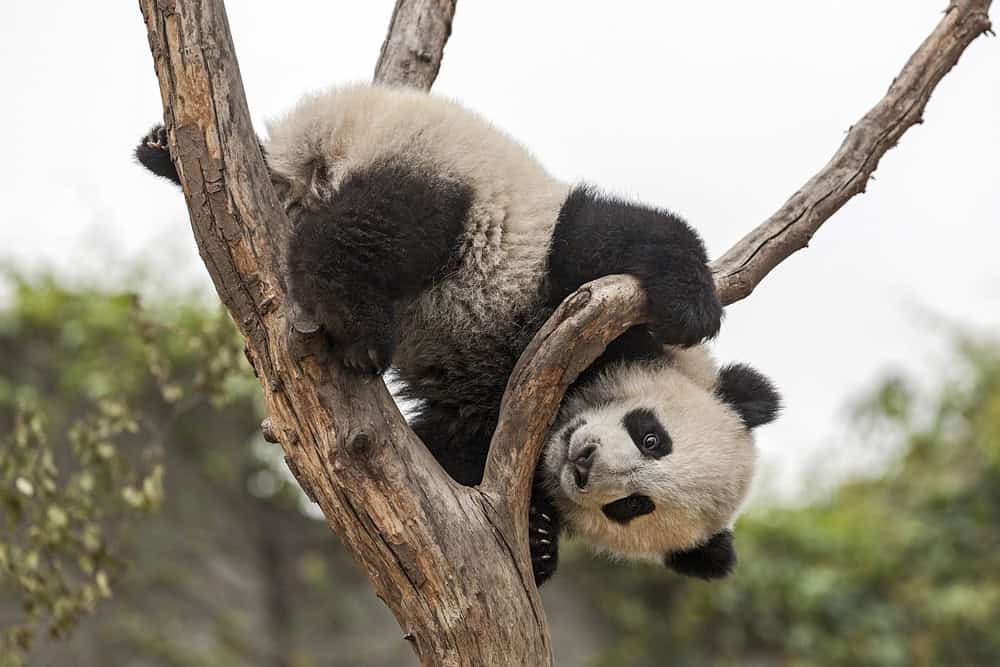In a world where biodiversity is under constant threat, conservation efforts are a beacon of hope, illuminating the path to a healthier planet. These initiatives have spared several species from the brink of extinction, breathing life back into ecosystems globally. This article celebrates 20 animals that have been granted a second chance thanks to dedicated conservation efforts.
1. The Bald Eagle

The bald eagle, America’s majestic symbol, faced a severe decline in the mid-20th century due to habitat destruction and the widespread use of DDT, a pesticide that weakened their eggshells. The ban on DDT and protections under the Endangered Species Act led to a miraculous recovery. Now, the bald eagle soars freely across the skies, its population rebounding significantly.
2. The Humpback Whale

Overexploited by commercial whaling, the humpback whale’s numbers were drastically reduced by the mid-1900s. International bans on whaling and global efforts to protect marine habitats have aided in their comeback. Today, these gentle giants are frequently spotted breaching the ocean waves, a testament to the power of coordinated conservation measures.
3. The Giant Panda

The iconic giant panda, cherished for its distinctive black and white fur, was once classified as endangered due to habitat loss and low birth rates. Significant efforts in habitat preservation and breeding programs in China have resulted in its status being upgraded to vulnerable. Pandas now symbolize the potential success of targeted conservation strategies.
4. The American Alligator

Hunting and habitat loss led to the American alligator being listed as endangered in the 1960s. Conservation laws and regulated farming practices helped in the alligator’s remarkable recovery, showcasing a balance between human industry and wildlife preservation. Today, they thrive in the southeastern United States swamps.
5. The California Condor

Renowned as the largest flying bird in North America, the California condor suffered from lead poisoning and habitat loss, leading to a population of just 27 individuals in 1987. An intensive breeding and reintroduction program has steadily increased their numbers, allowing these magnificent birds to once again glide over the western skies.
6. The European Bison

Once roaming vast parts of Europe, the European bison faced extinction in the early 20th century due to poaching and habitat destruction. Through a successful breeding program from a few remaining individuals in captivity, the species has been reintroduced to protected areas, playing a vital role in maintaining forest ecosystems.
7. The Arabian Oryx

Declared extinct in the wild by the early 1970s, the Arabian oryx was saved through a captive breeding program known as ‘Operation Oryx.’ Subsequent reintroduction into regions across the Arabian Peninsula allowed the oryx to become a symbol of successful conservation collaboration among international scientists and local governments.
8. The Iberian Lynx

The Iberian lynx, native to parts of Spain and Portugal, faced critical endangerment due to habitat fragmentation and a decrease in their primary prey, the European rabbit. Intensive conservation strategies focusing on habitat restoration and prey recovery have helped stabilize and increase lynx populations, rekindling hope for the world’s most endangered feline.
9. The Eastern Barred Bandicoot

Once widespread in eastern Australia, the eastern barred bandicoot became critically endangered due to habitat destruction and predation by non-native species. Recovery efforts, including predator control and captive breeding, have allowed populations to rebound, making them a conservation success story in regional biodiversity efforts.
10. The Przewalski’s Horse

Przewalski’s horse represents a significant conservation victory, bouncing back from extinction in the wild by the late 1960s. Through a cumulative breeding and reintroduction program, these horses now roam the Mongolian steppes once more, symbolizing resilience and the effectiveness of international collaborative endeavors.
11. The Hawaiian Monk Seal

In the picturesque but isolated Hawaiian Islands, the monk seal faced threats from hunting and habitat encroachment. Conservation efforts targeting threat mitigation and habitat protection have led to a gradual population increase. The monk seal’s recovery continues to serve as a symbol of coastal conservation’s potential.
12. The Kakapo

The flightless kakapo, native to New Zealand, faced near extinction due to introduced predators and habitat degradation. A dedicated conservation strategy, including intensive monitoring and predator-free sanctuaries, has gradually increased their population, showcasing persistence over adversity in conservation efforts.
13. The Whooping Crane

With numbers dropping to just 21 individuals in 1941, the whooping crane became a flagship species for avian conservation projects in North America. Through captive breeding and habitat protection, this iconic bird’s population has slowly increased, serving as a beacon of hope for endangered species recovery efforts.
14. The Mauritius Kestrel

The Mauritius kestrel was once the world’s rarest bird, with only four individuals remaining in the wild in 1974 due to habitat destruction and pesticide use. Swift conservation actions, including captive breeding and habitat management, have saved the species, making it a notable example of how timely intervention can reverse near-certain extinction.
15. The Amur Leopard

The Amur leopard, known for its beautiful, spotted coat, is one of the world’s most endangered big cats, primarily threatened due to habitat loss and poaching. Focused conservation efforts, including strengthened anti-poaching measures and habitat connectivity, have led to a gradual increase in their dangerously low populations.
16. The Green Sea Turtle

Facing threats from habitat destruction, illegal hunting, and bycatch, the green sea turtle’s plight was dire. Conservation efforts such as protected nesting sites and bycatch reduction have contributed to the stabilization and recovery of their population, providing a glimmer of hope for marine conservationists worldwide.
17. The Javan Rhino

Once widespread across Southeast Asia, the Javan rhino was reduced to a tiny population in Java’s Ujung Kulon National Park. Habitat protection efforts and rigorous anti-poaching policies have preserved this critically endangered species, although its recovery remains fragile, underscoring the ongoing need for vigilance in conservation.
18. The Philippine Eagle

Known as the “King of the Birds,” the Philippine eagle faced extinction due to deforestation and hunting. Conservation organizations and governmental efforts have focused on habitat protection and awareness campaigns, aiding slow, yet steady recovery. The eagle’s existence highlights the crucial link between cultural heritage and conservation.
19. The Bonobo

These gentle apes, sharing close genetic ties with humans, are threatened by habitat loss and the bushmeat trade in the Democratic Republic of the Congo. Conservation actions focused on community engagement, habitat preservation, and anti-poaching measures are pivotal in ensuring that bonobos continue to thrive in the wild.
20. The Southern White Rhinoceros

The revival of the southern white rhinoceros population from fewer than 100 individuals in the late 19th century to more than 18,000 today is nothing short of astounding. Through focused breeding programs and robust anti-poaching efforts, this species’ comeback remains one of conservation’s most notable achievements.
Conservation success stories reflect our capacity for positive change when collective effort is harnessed towards preserving the natural world. Each species saved is a victory not just for biodiversity, but for human determination, showing that with persistence, dedication, and cooperation, healing our planet is possible.
- 10 Most Endangered Birds in the U.S. and Where to Find Them - August 9, 2025
- 15 Tips for Managing Spider Infestations During Storm Season - August 8, 2025
- How Superstorms Have Reshaped Coastlines Over Time - August 8, 2025

